Amid all the sequels Pixar has been rattling off the assembly line, last year’s Coco comes as something of a relief: original and visually brilliant, funny and tender in the good old Pixar way. Disney can’t handle two living parents; Pixar can handle a whole clan, in the capable, work-roughened hands of a fiery matriarch. Despite its strengths and its appeal, Coco is undermined by the vision it presents of the afterlife.
The vision unfolds along with the story. Our first glimpse is a gorgeous cityscape made of color and lights – the Land of the Dead, shimmering beyond the mortal world. The unearthly appearance of the Land of the Dead is 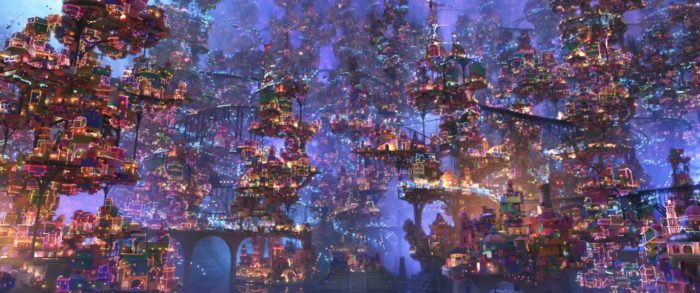 quickly juxtaposed by the bureaucratic procedures that surround entering and leaving it. The dead themselves hustle about on humdrum activities – working, traveling, eating and drinking, going to talent shows and arguing with customer service. They do much what they did in life, only they do it without skin. On some level, this is a pleasing incongruity; on another, it is a letdown. Why go to all the trouble to die if life just goes on the same?
quickly juxtaposed by the bureaucratic procedures that surround entering and leaving it. The dead themselves hustle about on humdrum activities – working, traveling, eating and drinking, going to talent shows and arguing with customer service. They do much what they did in life, only they do it without skin. On some level, this is a pleasing incongruity; on another, it is a letdown. Why go to all the trouble to die if life just goes on the same?
It is revealed that death resembles life in still another way: You are going to die, this time the final death. All these skeletons will die of being forgotten. As they and their stories pass out of the memories of the living, they will be afflicted with spasms of weakness and pain before they finally collapse into dust. Some people will be kept alive in the Land of the Dead for years upon years, as long as their stories are still told among the living. Others must have a very short stay. Here we begin to sight the marrow-deep injustice of the vision, but it comes clear only later.
The villain in the Land of the Dead lives in luxury – gratis, we are told, of his admirers, who heap him with gifts on the Day of the Dead. And we see the old murderer in his celebrity and wealth, and think of the poor forgotten skeleton shivering into the final death, and we know …
There is no justice in the end. None at all. Your career, bred in the abuse of others, may be halted in life, but you will just resume it in death. Sell your soul to get this world and the next will be thrown in, too. Meanwhile, the unwanted, the unloved, the outcast and the forgotten – they are forever the losers. All the inequities of this life are transferred into the next. Indeed, new inequities are created by the fact that the dead can visit the living only through the possession and display of a material object. This opens, too, avenues of revenge, ways that the living can spite the dead and be sure they will know it.
Think of it: Even after you die, they can still get you.
All of this would be bearable if we could imagine that the Land of the Dead was only a stopping-place on the way to some other destination. The movie throws a bone in this direction, one skeleton shrugging that no one knows what happens after the final death. But the fact that they call it final hints at what they think. The story’s happy ending – Now you get to live as a skeleton in the Land of the Dead indefinitely! Pop the champagne! – makes it clear that no one has a better end in mind.
Coco presents an appalling vision of the afterlife. It would be easier to take if the movie knew it was appalling, but it doesn’t. Coco’s dreary afterlife drags down the whole story with a faint sense of depression, a subtle distaste. It’s well enough to imagine that the Land of the Dead is, but to imagine that it is all there is – that is the fatal flaw.

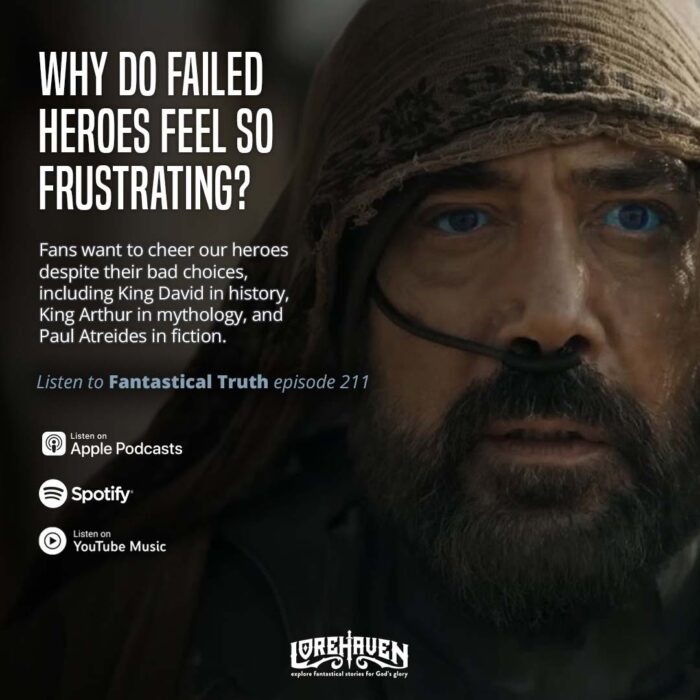

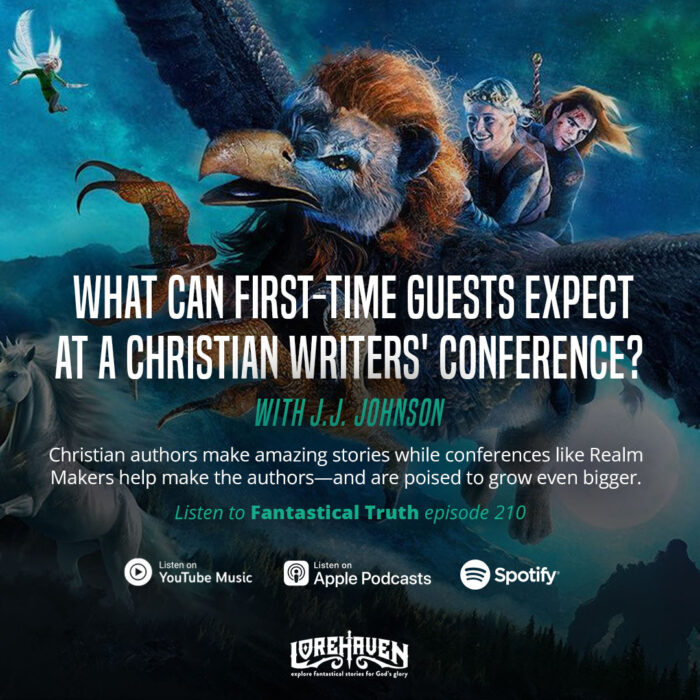






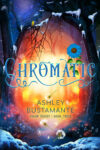




















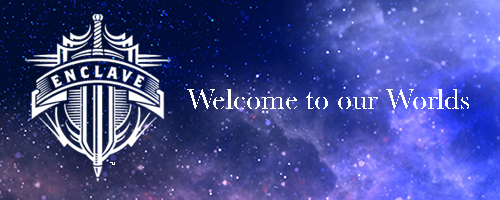

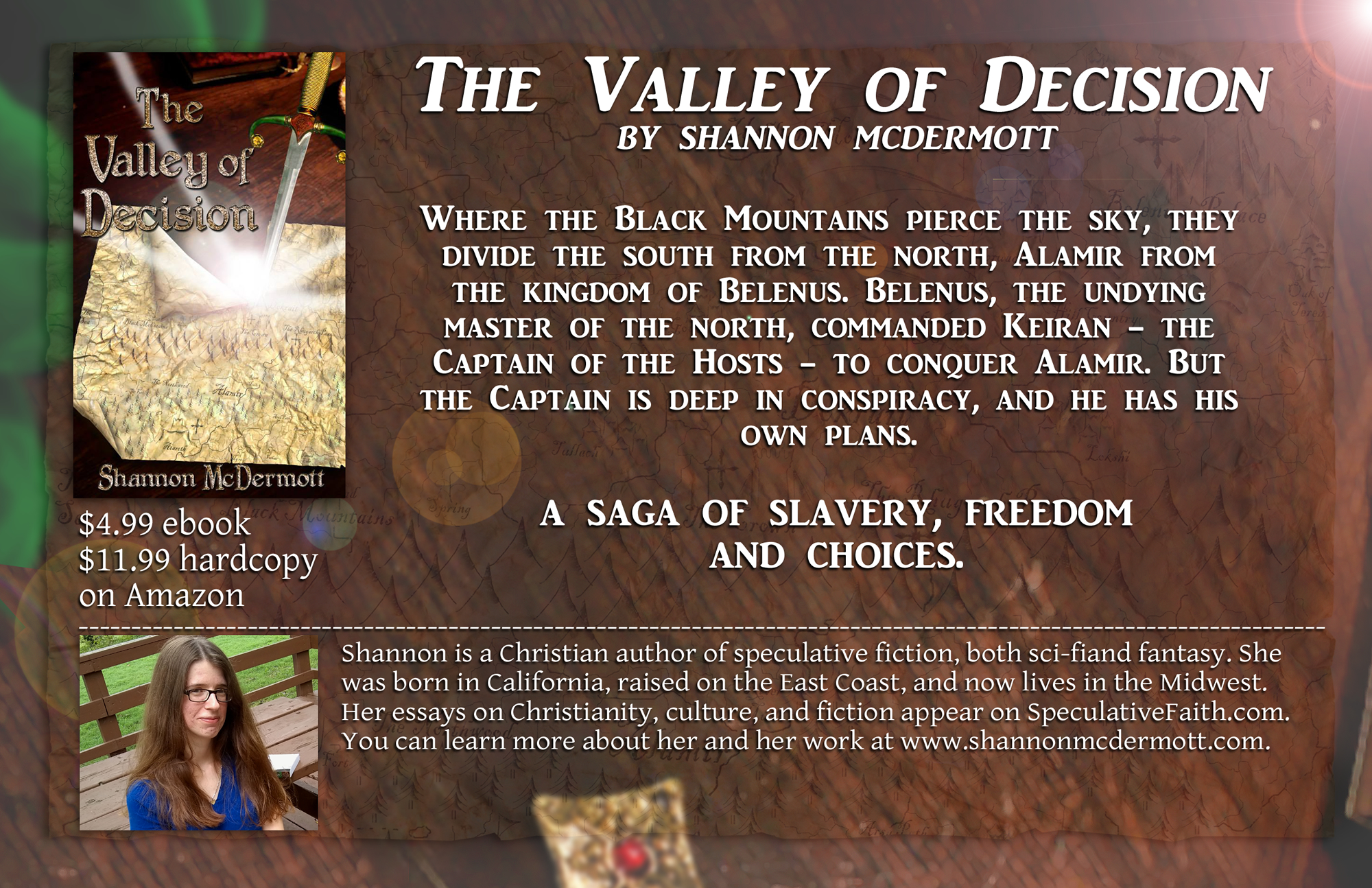

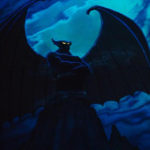





I’m not sure how much of Coco’s view of that afterlife is kosher even among the folk Catholicism where Day of the Dead took hold (I’m mixing my metaphors but whatever). I don’t know enough about Mexican-flavored Catholicism (or its syncretisms like Santeria) to know if they have any definite opinions about it or whether this was some Pixar creative license (which at least they used well: if you’re gonna do it, do it with style) to create the story and its stakes.
Also Frida Kahlo 5evar
The belief that the dead only live on if remembered by the living is an indigenous Aztec idea (also in other Native American religions in Mexico) as I understand things. Catholicism has incorporated the practice of the Day of the Dead by kinda merging it will All Saints Day, but really their is no doctrinal position in Mexican Catholicism supporting the remembrance of the dead–and what happens to them if you don’t remember them. All of that was believed in Mexico before Catholicism came around.
Good to know. Syncretism!
I think they were more worried about making it fun than anything else.
This is something I notice with nearly any show that has death or traveling to the afterlife, though. It’s far harder to create death and pain, so they often have to include some level of those things to make the story fun, even if the ‘death’ is just a matter of the spirit ceasing to exist.
‘…to create excitement/urgency without the possibility of death and pain’, is what I meant to say in that sentence.